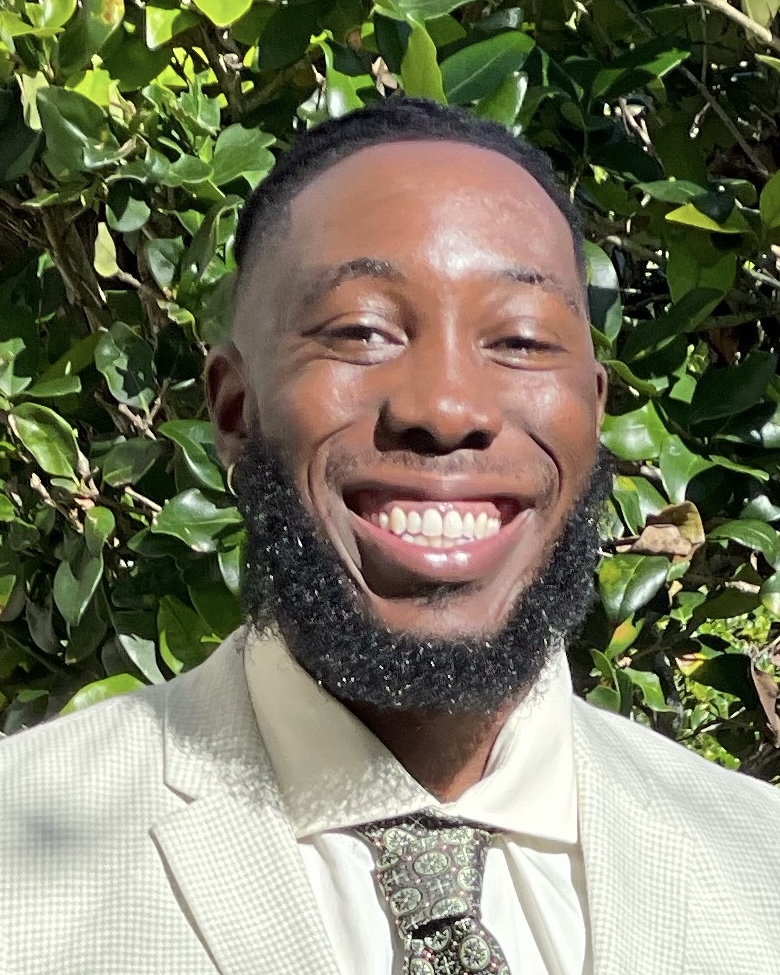The Miseducation of Pelvic Health: Closing the Gap on Racial Disparities
My Grandfather used to tell me, “Your education can never be taken from you, people can take your clothes, your money, and any material things, but they can never take your education from you.” As I sit here pondering on those words, I’m enlightened to my own growth since the first time he ever said those words to me.
As a Doctor of Physical Therapy, coming from a family of immigrants, I realize I have a duty to fulfill. Currently, Black physical therapists make up 4.22% of the practicing PTs in the US. Of that 4.22%, it’s imperative that we do our part to decrease health disparities affecting the Black community. (1) Receiving this scholarship was an opportunity to broaden my scope of influence to help impact my community. There are disparities in the receipt of evidence-based treatments for pelvic floor disorders for Black women. (2) (Carter-Brooks et al. 2024) In the Black community, there has been a negative stigma around healthcare and being given equal treatment since the days of the Tuskegee Experiment in the 1900s. As predicted by the Biopsychosocial Model of Racism as a Stressor, findings show that older men of color are disadvantaged compared to older white men in terms of access to socioeconomic resources, exposure to chronic, discriminations and neighborhood stressors. (3) (Brown et al., 2015)
When you come from a lower socioeconomic status resources are scarce, quality education is limited, and equal healthcare sounds like a myth. Black men and women have been miseducated when it comes to pelvic health. Black women have the highest maternal mortality rate in the United States — 69.9 per 100,000 live births for 2021, almost three times the rate for white women, according to the Centers for Disease Control and Prevention. All of this means there is a significant amount of work that needs to be done to help bridge the gap of racial disparities. When I look at my wall and see my doctorate diploma hanging, I see a gateway for me to help provide resources and opportunities for my brothers and sisters who shy away from medical treatment out of fear of unequal treatment. It’s not by chance that I won this scholarship. Fate had it that I would be able to be part of the wave of healthcare providers that embark on a journey of shattering racial disparities.
In my professional journey thus far, I am in the final stages of finishing a certification in Pilates which will go hand in hand with the pelvic floor knowledge that I’m gaining. Whereas Pilates has been seen as an elitist activity, I want to help provide others of lower socioeconomic status with the chance to enjoy Pilates in tandem with improving their pelvic health. Black men suffer with prostate cancer, Black women suffer with urge and stress incontinence as well as additional postpartum issues. I took an oath several years ago when I decided to become a physical therapist. That oath encompasses treating every patient equal and putting their interests above my own self-interest.
The future of pelvic health is bright because through the partnership with NABPT, I believe APTA Pelvic Health has made it clear they plan to be a part of the solution. Investing in minority knowledge is investing in minority health. When you give to us, it allows us to give back tenfold to our community. I see a future where Black men and women are not afraid to seek after care because there is an increase of clinicians who look like them. They have additional resources that educate them on pelvic health disorders and red flags they should pay attention to. The future involves the Academy of Pelvic Health continuing to foster an environment for minority clinicians to grow to positively impact their respective communities. If you want to go fast, go alone, but if you want to go far go together. We have so much further to go, but there is no limit to the extent of that distance if we can do it together.
References
(1) Report: A physical therapy profile: Demographics of the profession, 2021-22. APTA. (2023, July 18).<https://www.apta.org/apta-and-you/news-publications/reports/2023/physical-therapy-prof>ile-demographics-profession-2021-22
1. Gilbert KL, Ray R, Siddiqi A, et al. Visible and invisible trends in Black Men’s Health: Pitfalls and promises for addressing racial, ethnic, and gender inequities in health. Annual review of public health. 2016. Accessed August 11, 2024. https://www.ncbi.nlm.nih.gov/pmc/articles/PMC6531286/.
2. Carter-Brooks CM, Brown OE, Ackenbom MF. Pelvic Floor Disorders in Black Women: Prevalence, Clinical Care, and a Strategic Agenda to Prioritize Care. _Obstetrics and Gynecology Clinics of North America_. 2024;51(1):157-179-179.
3. Brown TH, Hargrove TW, Griffith DM. Racial/ethnic disparities in men’s health. _Family Community Health_. 2015;38(4):307-318. doi:10.1097/fch.0000000000000080

Author: Karl Bourne Jr., PT, DPT
Author Bio: My name is Karl Bourne Jr. and I am a dual citizen of the United States and Barbados. I grew up in Orlando, Florida and relocated to Miami after PT school. I am currently finishing up my NCPT to become certified in Pilates as this has become a form of exercise I thoroughly enjoy. In my free time, I love to spend time with my family, read books and listen to podcasts.
Connect with Karl: Instagram -@Bourne2Prosper


